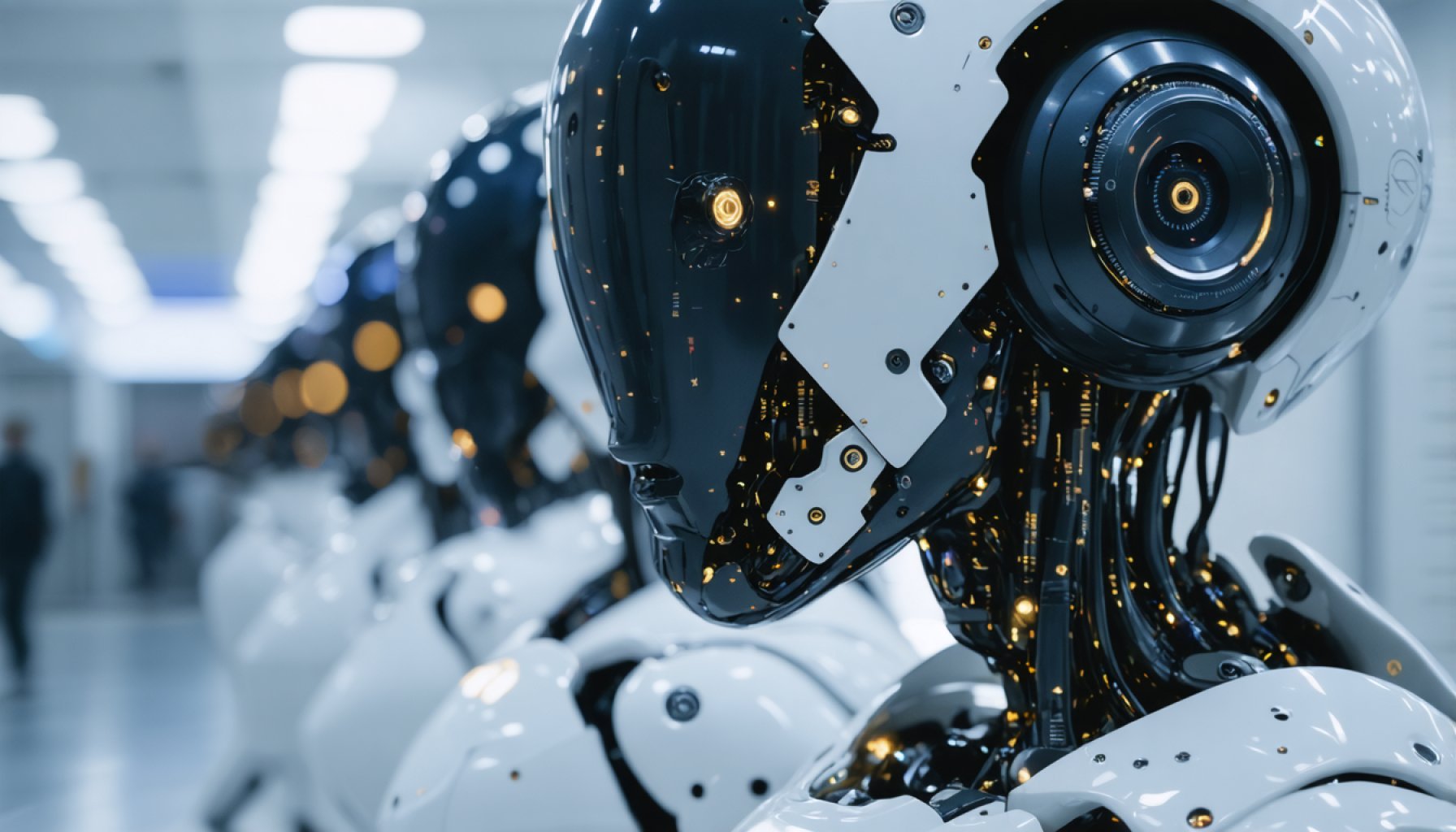- South Korea is constructing one of the world’s largest data centers, designed to support next-gen AI models with 3 gigawatts of power.
- The demand for sophisticated technology is rapidly increasing, with large AI models predicted to require over 5 gigawatts of power by 2030.
- Emerging data center regions like Malaysia and Thailand offer lower costs and more space, adding competition to the landscape.
- Elon Musk made a nearly $100 billion bid for OpenAI, highlighting intense investment interests and potential in the AI sector.
- The global race to harness AI’s potential involves significant investment and innovation, marking a pivotal technological upheaval.
Amidst the whirlwind of the AI revolution, where innovation races with breathtaking speed, global giants are investing staggering amounts to stay ahead. Picture this: South Korea, recognized for its tech prowess, is embarking on a monumental journey to construct one of the world’s largest data centers. Set to harness a staggering 3 gigawatts of power, this sprawling facility aims to support the next generation of complex AI models. It stands as a testament to the ever-growing demand for sophisticated technology, a theme echoed by a proposed Stargate project in the US designed to bolster its data center capacity.
The landscape is vast and ever-shifting. As AI models balloon in complexity, the electricity to fuel these mechanical minds becomes a crucial concern. By 2030, experts predict the largest AI models will require over 5 gigawatts of power—a significant leap from today’s needs. The South Korean endeavor, fierce in ambition, finds itself competing with emerging data centers in bustling regions like Malaysia and Thailand, where costs are lower and spaces abundant.
In a parallel narrative of power plays, Elon Musk has made headlines with a near $100 billion offer to acquire OpenAI. Musk’s bid, though audaciously rejected, marks the lengths to which investors will go to grasp the future. This move underscores both a rift among tech titans and the tantalizing potential of AI, a field ripe with unprecedented opportunities and challenges.
The clear takeaway? Countries and corporations worldwide are racing, investing, and innovating, all to harness the unbounded potential of AI. This technological upheaval doesn’t just promise advancement—it demands it. As consumers and investors, our focus should be keenly on the horizon, where tomorrow’s breakthroughs await today’s bold visionaries.
Why South Korea’s Data Center Could Be a Game-Changer in the AI Revolution
How-To Steps & Life Hacks for AI Integration
Integrating AI requires strategic planning and thoughtful execution. Here are key steps to ensure successful AI adoption:
1. Identify Business Needs: Start by pinpointing areas where AI can solve existing problems or improve efficiency.
2. Assemble a Skilled Team: Employ data scientists and AI experts to drive the integration process.
3. Choose the Right Tools: Utilize platforms and software that align with your business objectives, like TensorFlow or PyTorch.
4. Pilot Projects: Test AI applications in controlled environments to validate their effectiveness before full-scale deployment.
5. Continuous Monitoring: Use analytics to monitor AI performance and make adjustments as necessary.
Real-World Use Cases
1. Healthcare: AI-powered data centers can process massive datasets to improve diagnostics and treatment plans.
2. Finance: Enhanced data centers facilitate real-time financial analyses and fraud detection.
3. Retail: AI systems analyze consumer behavior to enhance recommendation systems and supply chain management.
Market Forecasts & Industry Trends
According to a report by Gartner, the AI market is projected to reach $190 billion by 2025, with data center expansions playing a crucial role in accommodating the data processing needs of AI applications. Analysts predict that investment in AI-focused infrastructure will continue to rise, driven by sectors such as autonomous vehicles, IoT, and machine learning.
Reviews & Comparisons
South Korea vs. Southeast Asia Data Centers: South Korea’s investment in a massive data center faces competition from emerging centers in Malaysia and Thailand due to their lower operational costs and ample space. However, South Korea’s advanced technological landscape and governmental support offer significant advantages in AI innovations.
Controversies & Limitations
– Energy Consumption: Building large data centers poses environmental concerns due to high energy requirements. The industry’s shift toward renewable energy sources is crucial for sustainability.
– Data Privacy: The expansion of data centers raises questions about data security and user privacy, necessitating stringent regulations and safeguards.
Security & Sustainability
Data centers must prioritize security to protect sensitive information from cyber threats. Integrating cutting-edge security measures, like AI-enhanced threat detection, is critical. Additionally, embracing energy-efficient technologies and renewable energy sources will ensure long-term sustainability.
Pros & Cons Overview
Pros:
– Increased processing capacity for AI advancements.
– Potential for innovation across multiple industries.
– Job creation in tech industries.
Cons:
– High energy consumption with significant environmental impact.
– Potential data privacy concerns.
Actionable Recommendations
– Invest in Green Technologies: Companies should explore renewable energy solutions to offset data center energy consumption.
– Focus on Security: Implement robust cybersecurity frameworks to safeguard data integrity.
– Stay Informed: Keep abreast of industry trends and technological advancements to remain competitive in AI innovation.
For more insights into the evolving landscape of technology and AI, visit Gartner.
In conclusion, as we stand on the brink of tremendous AI-driven transformation, the forward-thinking investments in infrastructure, like South Korea’s data center, pave the way for a future rich with potential. Ensuring sustainability, security, and smart integration will be crucial as we harness AI’s power to drive progress.











